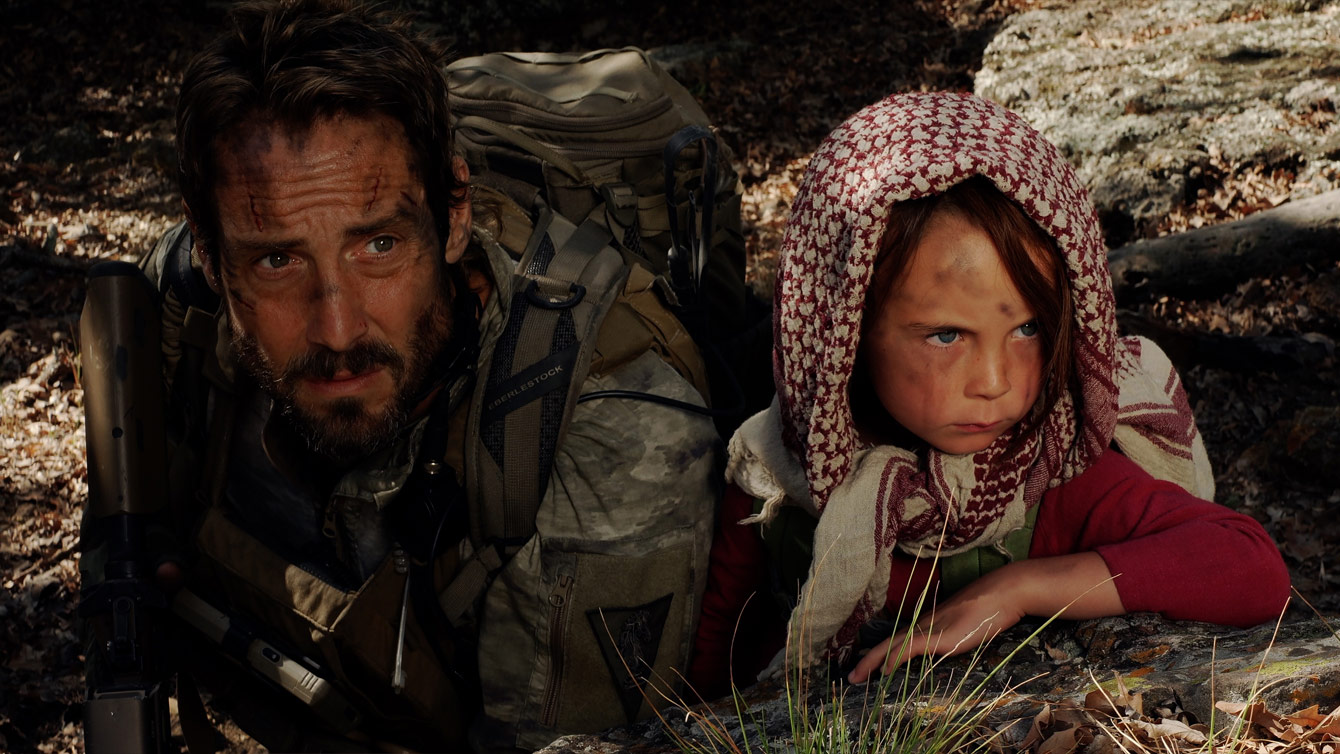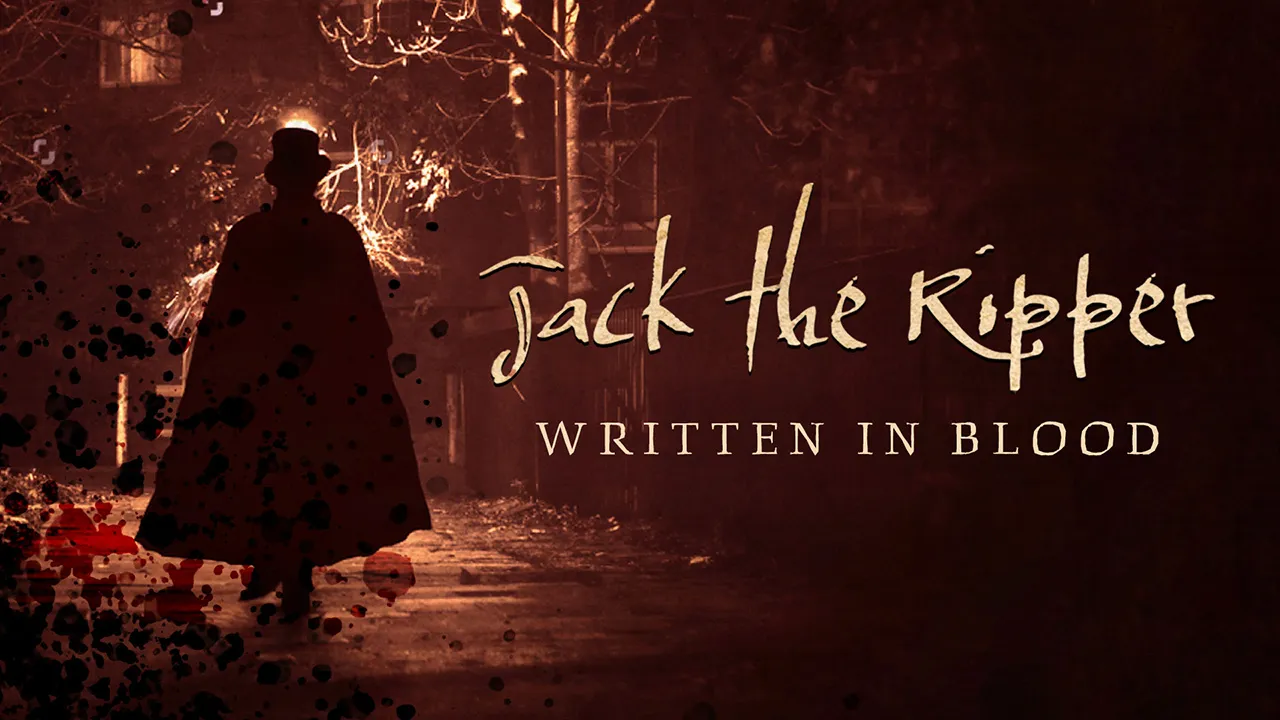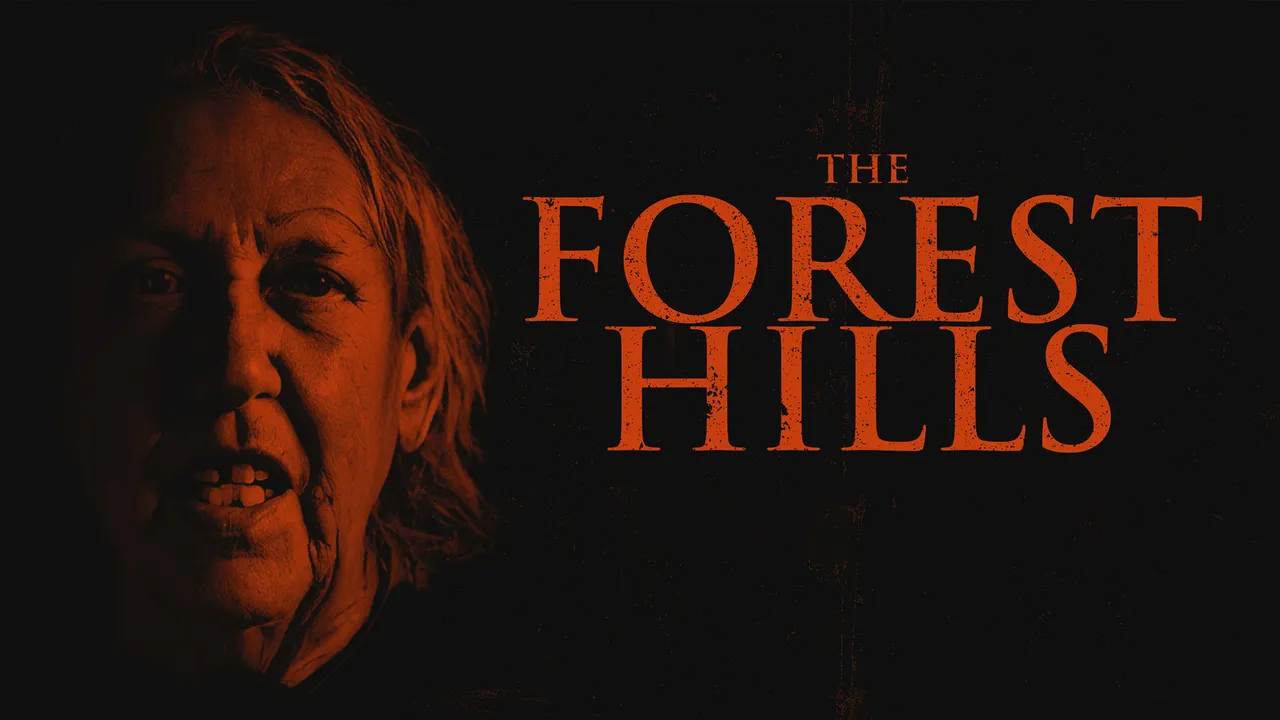Warhorse One (2023): A Gritty Tale of Survival and Silent Heroism
In a cinematic landscape filled with explosive spectacle and stylized warfare, Warhorse One (2023) stands apart. This indie war film, directed by William Kaufman and Johnny Strong, is a lean, stripped-down tale of survival that hits harder precisely because it refuses to glamorize violence or glorify its protagonist. Instead, it delivers a raw and emotionally grounded narrative that focuses on one man, one child, and one mission that feels impossibly personal.
Set in the final days of the U.S. withdrawal from Afghanistan, Warhorse One tells the story of Navy SEAL Master Chief Richard Mirko (played by Johnny Strong), whose helicopter is shot down while en route to extract a group of missionaries in Taliban-controlled territory. Mirko emerges as the only surviving operator, and he quickly discovers a sole survivor among the civilians: a young Afghan girl named Zara, orphaned and traumatized.
What follows is not just an action movie, but a grueling, soul-deep journey across a war-torn landscape, with Mirko doing everything in his power to keep Zara alive while navigating ambushes, betrayal, and the moral gray zones of modern warfare.

The first thing that becomes clear in Warhorse One is that this is not a conventional war film. It bears more in common with survival dramas and minimalist thrillers than it does with big-budget war epics like American Sniper or 13 Hours. There are no grandiose monologues, no soaring musical cues, no political posturing. Instead, the film offers long silences, shaky breath, exhausted eyes, and the steady thump of boots over dust and stone.
Johnny Strong brings a weary authenticity to Mirko. He is not invincible—he bleeds, he limps, and he breaks down. His performance is quiet but emotionally dense, conveying everything with small gestures and eyes that have clearly seen too much. The bond he develops with Zara, who speaks little and trusts less, becomes the emotional center of the film.
There is minimal dialogue throughout the story, which works to its advantage. The silence between the characters underscores the trauma they share. It is in this restraint that the film finds its power—through glances, through protection, through choices made in silence.

Zara, portrayed by newcomer Athena Durner, is the emotional key to Warhorse One. The young girl, caught in the chaos of a collapsing world, never becomes a prop or passive figure. Her presence forces Mirko to look beyond the mission, to confront the cost of violence not just on soldiers, but on the most innocent. She represents not only vulnerability, but resilience, mirroring Mirko’s stoic determination with her own quiet strength.
Their bond is built not through heartwarming tropes, but shared necessity and instinct. It is this bond—fragile yet unbreakable—that lifts the film above mere survival storytelling and into something deeply human.
The action sequences in Warhorse One are intense but stripped of glamour. Gunfights are brief and brutal, explosions are deafening and disorienting, and every injury has lasting consequences. There’s a raw authenticity to the way violence is portrayed: it’s not heroic—it’s a last resort.
Unlike choreographed shootouts common in the genre, Mirko’s tactics feel grounded in real-world special forces doctrine. The use of terrain, movement under fire, and combat psychology all contribute to a portrayal of war that feels credible and earned. The film’s budgetary limitations are cleverly masked by smart cinematography, tight editing, and well-executed practical effects.

But perhaps most notably, the violence never feels gratuitous. Every moment of conflict serves the story. Every life taken weighs on Mirko. Every bullet fired is one step closer to safety—but also one step further into moral complexity.
The film’s sparse dialogue and simple plot could have worked against it, but here, minimalism becomes philosophy. The desert landscapes and quiet night scenes evoke isolation and vulnerability. There’s a meditative quality to Warhorse One—not because it slows down for the sake of pacing, but because it mirrors the psychological and emotional exhaustion of its characters.
We never see the larger war effort. We don’t get a political backdrop or military headquarters. What matters here is the human scale: one man, one child, and the unforgiving land between them and escape.
This micro-focus is what makes Warhorse One resonate long after the credits roll. It doesn’t aim to tell the story of a war. It tells the story of one moment within that war—and how, for those who lived it, that moment can define everything.

Warhorse One didn’t arrive in theaters with fireworks or a massive marketing campaign. It found its audience quietly, through word of mouth and streaming services. Critics were divided—some praised its realism and emotional depth, while others found it too quiet or too grim. But for many veterans, military families, and those seeking a more human lens on conflict, the film struck a powerful chord.
It’s a war film not about victory, but about endurance. Not about orders, but about decisions made in the moment, with a life in your hands.
Warhorse One (2023) is a film that dares to do less in order to say more. It strips away the noise of war cinema and leaves us with the bones: duty, trauma, loyalty, and the simple, staggering will to protect.
In an era of spectacle, this film chooses sincerity. In a genre often obsessed with heroes, it gives us a broken man doing the right thing—quietly, painfully, and without reward. That, in its own way, is the most heroic act of all.



